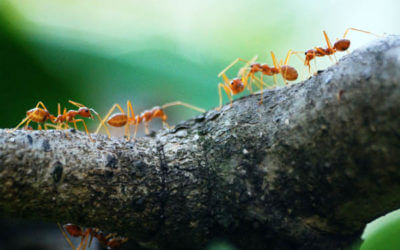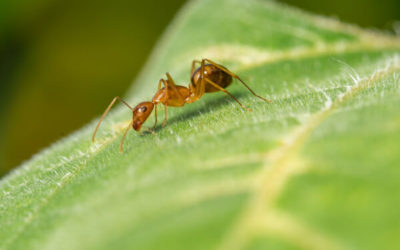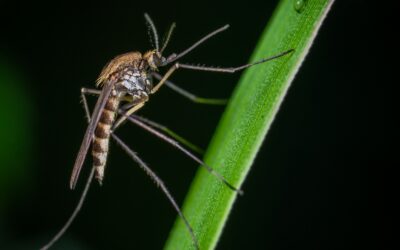
Why are there ant hills in my yard
An ant hill houses a colony of ants and usually includes not only a visible soil mound above ground but also complex underground structures where the ants live, breed, and raise their young. Ant hills can be unsightly and hard to get rid of on your own. Factors such as the unique environment of your yard and the species of ants who live there may contribute to your ant hill problems. Here are the main reasons you might find ant hills in your yard:
Nesting Site: Ants select suitable locations to build their nests. Yards can provide an ideal environment, with loose soil, good drainage, and access to food sources. The ants excavate the soil and build their nests, resulting in the mound or hill you see on the surface.
Food Source: Ants are opportunistic foragers, and they are attracted to food and water sources in your yard. If your yard offers a steady supply of food, such as fallen fruits, crumbs, pet food, or sugary substances, it will be more appealing to ants.
Protection and Defense: Ant hills provide protection to the colony from predators and adverse weather conditions. The elevation of the mound also assists in regulating the temperature and humidity inside the nest.
Colony Expansion: As an ant colony grows in size and population, it may expand and build new satellite nests or ant hills in different areas of your yard.
Species Diversity: The type of ant hill you find can vary depending on the ant species present in your region. Different ant species have specific preferences for nesting sites, which can influence the appearance and size of the ant hills.

Soil Type and Texture: Ants prefer loose, well-drained soils for nesting. If your yard has sandy or loamy soil, it may be more inviting for ant colonies to build their hills.
Proximity to Water Sources: If there are water sources nearby, such as ponds, streams, or leaky pipes, ants may build their nests in your yard to take advantage of the readily available water.
Vegetation and Shelter: Dense vegetation, shrubs, and bushes can provide shelter and cover for ant colonies. Ants may build their hills close to these areas.
Previous Ant Activity: If your yard has had ant activity in the past, the leftover chemical trails (pheromones) from previous foraging can attract new ant colonies to the same area.
While ants are generally beneficial for ecosystems, they can become a nuisance when they invade homes or cause damage to plants and structures in your yard. Making your yard less appealing to ants by maintaining cleanliness, eliminating food sources, and employing preventative measures can help reduce ant activity. If the ant hills are causing problems, it’s best to contact a local pest control professional to assess the situation and recommend appropriate solutions for ant control. West Termite, Pest & Lawn has a team of trusted professionals ready to help you deal with any ant hill problems. Call today for details!
More posts from West Termite, Pest & Lawn
Deterring Ants from Going Into Your Kitchen
Ants are among the most common household pests, and the kitchen, with its abundant food sources and moisture, is a prime target for these tiny invaders. Understanding how to deter ants from entering your kitchen involves a combination of preventative measures,...
Diseases That Rodents Can Bring
Rodents, while often small and seemingly innocuous, are significant carriers of numerous diseases that can pose serious health risks to humans. These pests, including rats and mice, thrive in various environments, often seeking refuge in human dwellings where food,...
Dealing with Mosquito Season
As the weather warms up, many of us look forward to spending more time outdoors, enjoying our yards, and hosting barbecues. However, with the arrival of summer comes the unwelcome presence of mosquitoes. These pesky insects are not just a nuisance; they can also pose...



